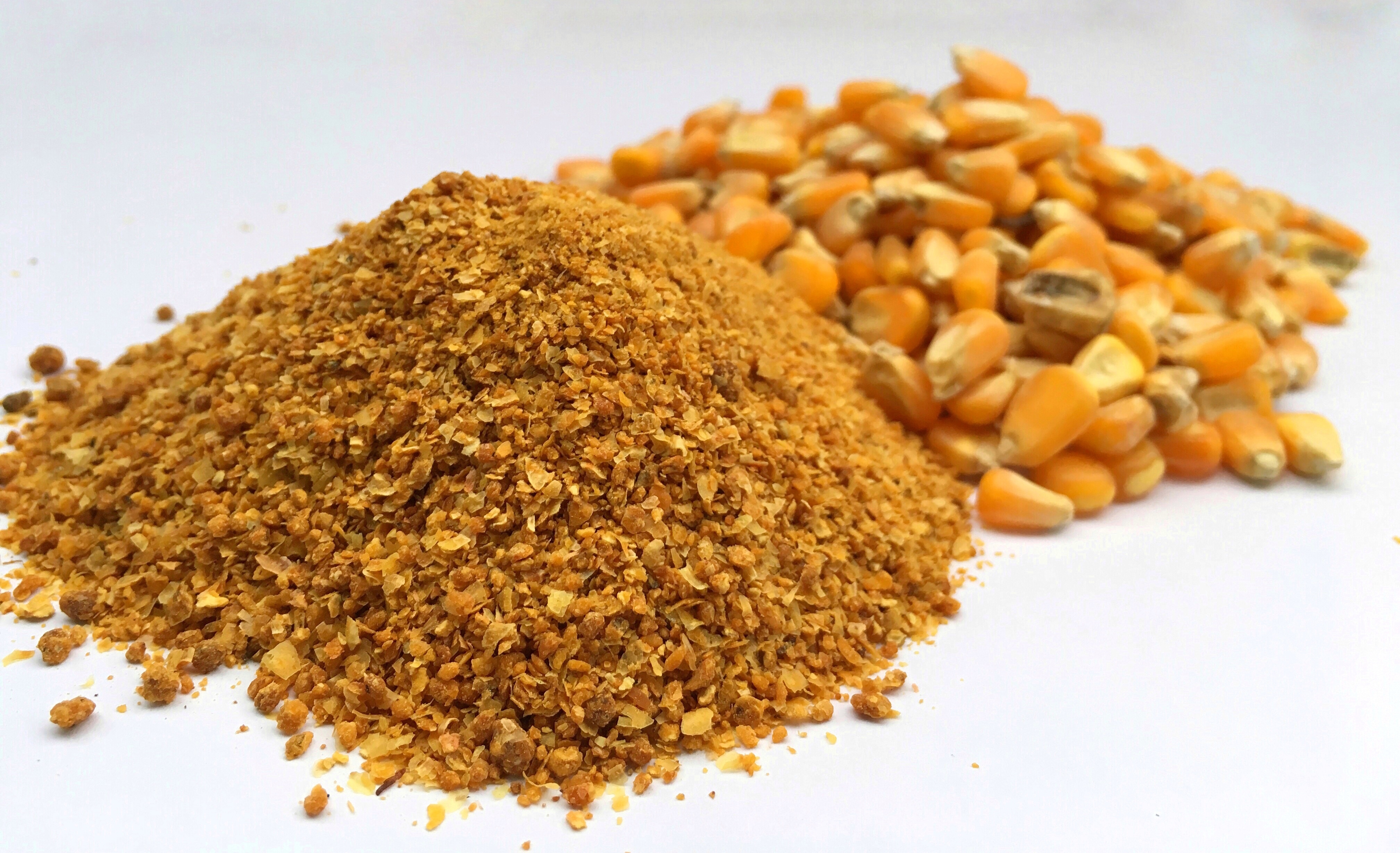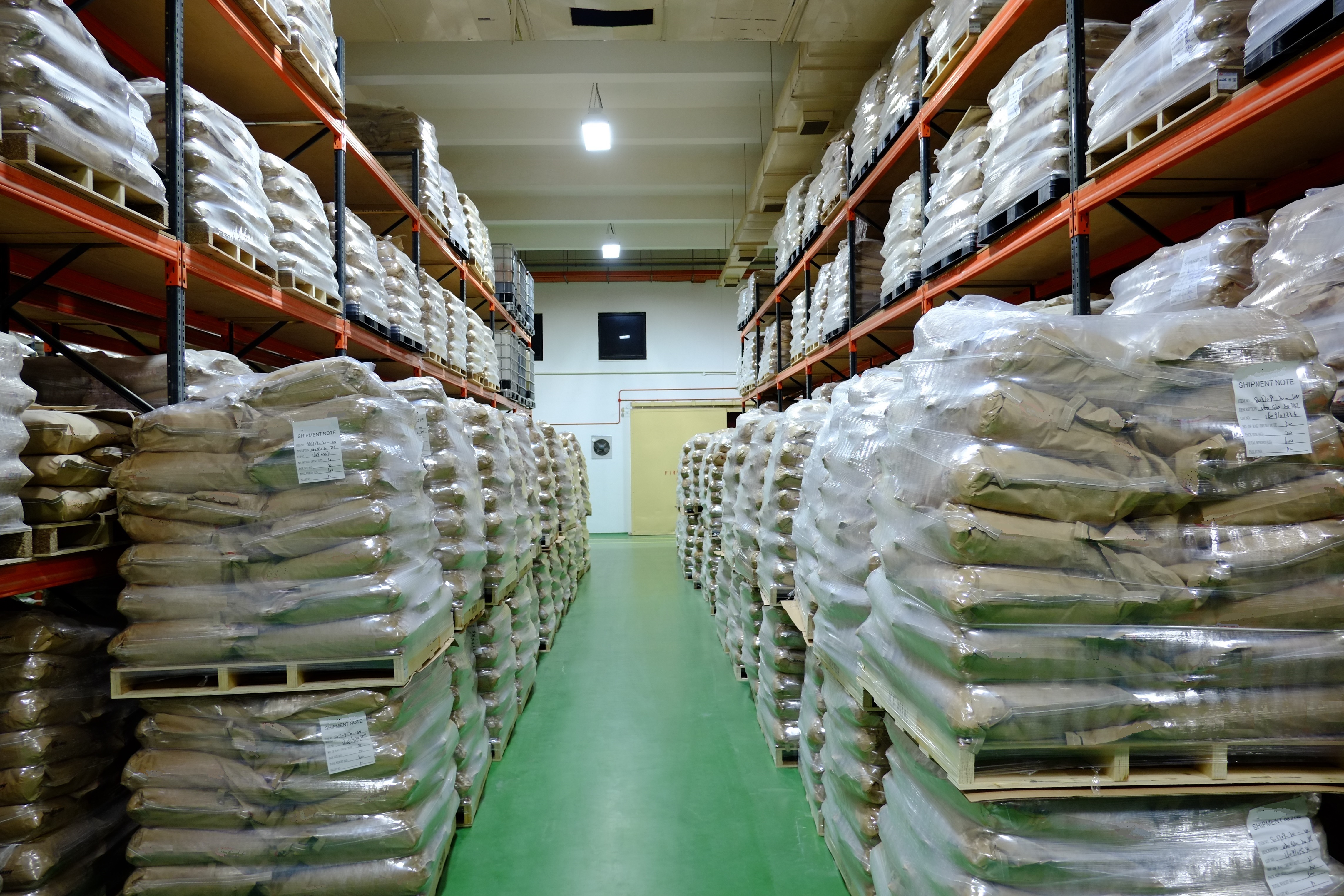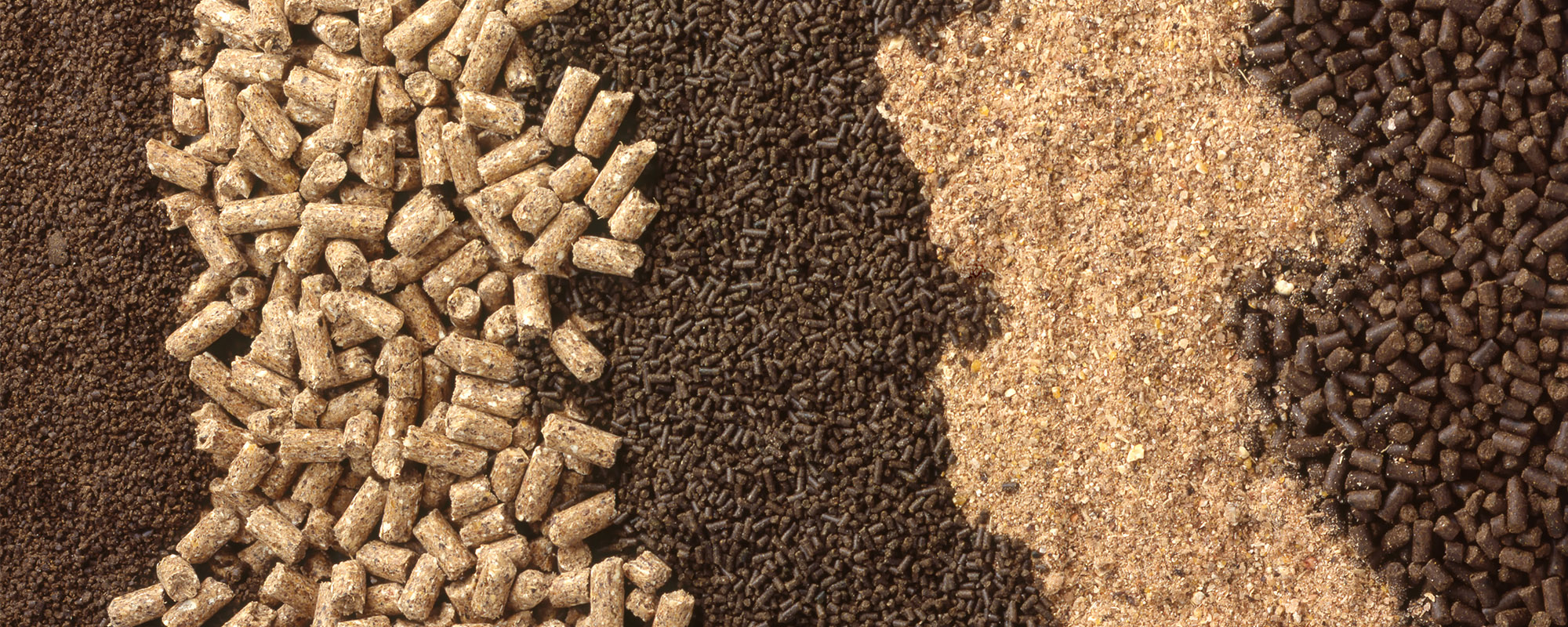 Preservation of Distiller Grains
Preservation of Distiller Grains
Corn-based ethanol production in the United States allows livestock and poultry producers the availability of dried distiller grains for use in rations. As with any by-product, the quality of these ingredients is highly variable. Because distiller grains are the by-product of ethanol fermentation, wet distiller grains (WDG) and distiller grains with solubles (DDGS) contain very low levels of mold and wild yeast, but quality can degrade rapidly if not stored correctly.




